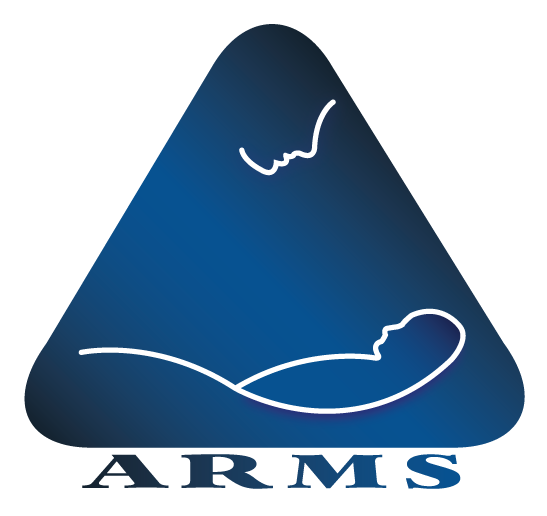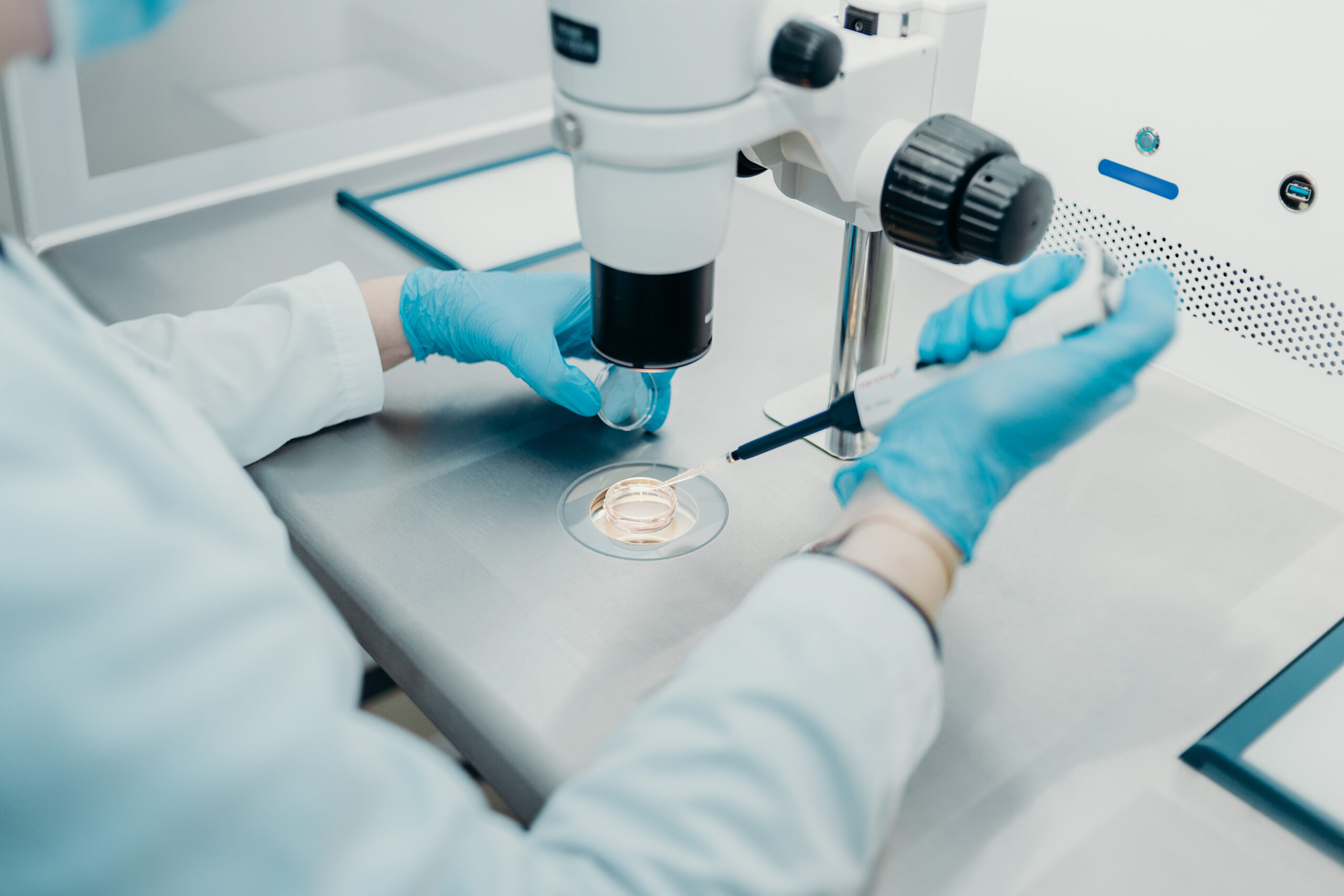Embryo assisted hatching during IVF
To help embryos implant in a woman’s uterus and increase the chances of pregnancy success, fertility specialists can use a process called assisted hatching (AH) in conjunction with in vitro fertilization (IVF).
Natural conception embryo hatching (also called zona hatching)
When all goes well during conception, hatching is a natural process that takes place after a sperm fertilizes an egg and creates an embryo. The egg has an outer coating, called the zona pellucida, which holds together the individual cells.
Several days after conception, after the embryo moves from the fallopian tubes to the uterus, the outer zona coating thins, allowing the embryo to break out of the coating and grow larger.
This process of “hatching” is analogous to a chicken hatching out of its egg.
Embryo assisted hatching (assisted zona hatching) process
Hatching is required for the embryo to implant in the lining of the uterus. One of the barriers to becoming pregnant is failure of the embryo to hatch and thus failure to implant.
In order to enhance the odds of a successful pregnancy, a fertility specialist may perform assisted hatching in conjunction with IVF.
Egg retrieval & antibiotics to prep the uterus
First, starting on the day of egg retrieval during the IVF process, the female patient receives a combination of steroid medications and antibiotics for six days. Steroids suppress the patient’s immune system so that her uterus will not reject the treated embryos. Antibiotics fend off infection within the uterus.
Embryo assisted hatching to prepare for transfer
On the appropriate day, a lab specialist uses either acid or a laser to dissolve enough of the zona pellucida so that hatching can occur after transfer to the uterus.
The hatched embryo is then transferred as with standard IVF.
Learn more about the embryo transfer process.
Learn more about the IVF process.
Embryo hatching risks
In rare instances, the use of steroids can also result in nausea, insomnia, elevated blood pressure, salt or water retention, higher susceptibility to infection, mood swings, and allergic reactions.
The antibiotic used (usually doxycycline) may increase both skin sensitivity to sun light and the risk of vaginal yeast infection.
However, these latter effects are unusual.
Benefits of using a hatched embryo in IVF
The advantage of assisted hatching is that it has the potential to boost the odds of a successful pregnancy, especially when handled by an experienced embryologist.
While assisted hatching is not recommend for all patients undergoing IVF treatments, some studies suggest that assisted hatching might help improve pregnancy chances for certain groups of patients, according to the American Society for Reproductive Medicine (ASRM).
Questions?
Call us at (602) 351-5327 or schedule an appointment below. Let’s talk.
Book Appointment Now

